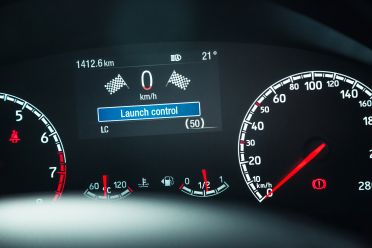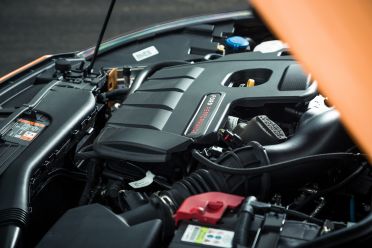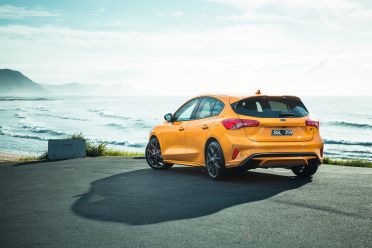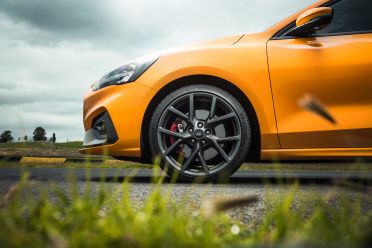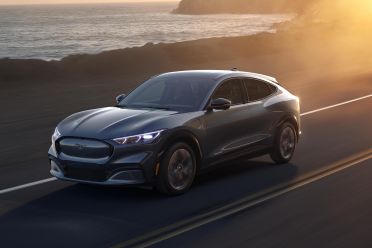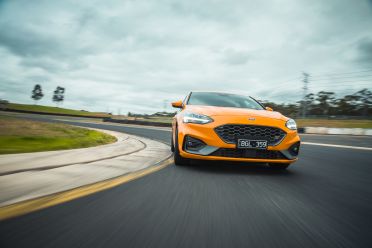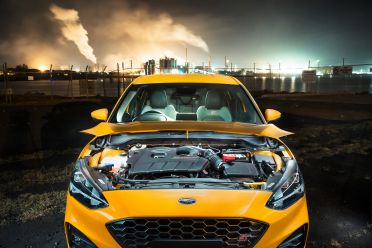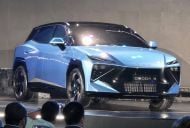Enforced emissions targets in Europe killed the Ford Focus RS, although the company has at least furnished enthusiasts with a much-improved ST using a detuned version of the same 2.3-litre turbocharged engine.
Now the question is; what does the future for hot hatches in general look like? It’s a little absurd to crystal-ball the future right when a brand-new ST is launching, but it’s inevitably going to be asked.
Is there a future for hot hatches, and will the next Focus ST have to take on electrification – likely a hybrid drivetrain – to be viable?
“It’s tough to do a fully conventional hot hatch in that segment in Europe,” Ford Performance Europe manager, Stefan Muenzinger, last night told Australian media on video link from Cologne, Germany.
“In Europe as you know there are significant CO2 constraints and legislation. Manufacturers must meet CO2 fleet consumption targets, which really puts tremendous pressure on fleets to deliver on those targets,” he said.
“If you do a fully-conventional RS-type product with a CO2 above 200 grams per kilometre, it just really really hurts you for your fleet compliance. From a business proposition perspective, it really starts to have a negative impact just simply due to CO2 and the penalties associated with it.
“As you can imagine there are all sorts of studies ongoing, and I can’t give you any particular timeframe here, but we are looking at things. We are looking at what customers would like and what makes sense from a business perspective. [Hybrid] is under consideration, absolutely.”
Ford is already well down the path of electrifying its iconic nameplates. Consider the Mustang Mach-E electric crossover pictured below, and the imminent electric F-150 pickup.
There have also been multiple reports that the next Mustang will adopt a performance hybrid drivetrain.
The new Focus ST uses a detuned version of the old RS’s 2.3-litre turbocharged engine making 206kW and 420Nm (down 51kW and 20Nm on the RS), and its six-speed manual transmission.
It is fitted with Michelin Pilot Sport 4S tyres, and tames engine torque through a Borg Warner mechanical LSD with electronic actuator and clutch that can lock anywhere between 0 and 100 per cent.
“The ST is a lighter car than the old RS, has better aero, and there’s the anti-lag turbo technology, so when you step onto the pedal, pickup is much quicker. In-gear acceleration, aside from launching from standstill, it’s actually as fast as a Focus RS,” Muenzinger claims.
Nevertheless, it’s a second slower to 100km/h, with Ford citing a time of 5.7 seconds for the manual, and a few tenths higher for the new seven-speed automatic derivative with paddle shifters.
The Focus ST is on sale at $44,690 before on-road costs. Stay tuned for our first review going live Thursday this week.





